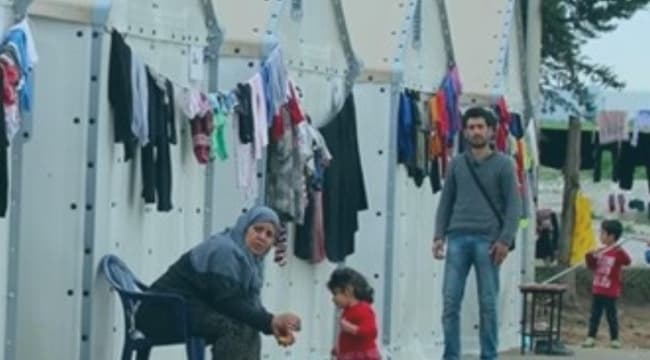The Problem
• The recent SARS-CoV2 pandemic demonstrates the urgent need to develop effective microbial detection and monitoring strategies in areas of high mobility, such as migrant shelters, which are considered biological hazard hotbeds.
• The problem is exacerbated by the fact that microbial diversity varies around the world and people from all over the world coexist in these centers. As a result, there is a risk of exposure to unknown pathogens with increased infectious capacity.
• The immediate improvement and ensuring of decent and safe living conditions for refugees and immigrants are important actions that we are called to implement in order to comply with international organisation guidelines and to contribute substantially immigrant hospitality.

Proposed solution
Our main goal is to detect and monitor microbial communitiesl ocated in public and non-public areas of migrant shelters and to record hotspot areas and transmission patterns.
By constructing almost complete genomes from metagenomic samples, we are able to exhaustively identify all potential biological hazards as well as monitor their spread in areas of intense mobility areas (eg SARS-CoV2).
Monitoring pathogens in the environment in almost real time allows targeted and effective infection control measures.
The detection and monitoring of pathogens in indoor air, water, produced wastewater as well as indoor and outdoor surfaces, provides a comprehensive epidemiological state that will lead to the development of better mitigation strategies for pathogen spread.

Air – Water – Surface Monitoring

Public indoor spaces

Public outdoor spaces

Water and produced wastewater
Benefits of the application

Immediate information ensurance for the competent bodies about possible health threats in order to enable prompt actions and measures.

Improving living conditions of immigrants in reception centers.

The interactive result reports generated by the DNA sequence Biosafety platform can be used to inform authorities and third parties.

Ensuring better hygiene conditions both for guests and staff members.

Epidemic protection for center occupants and citizens located near the centers.

Reduction of insurance costs.

